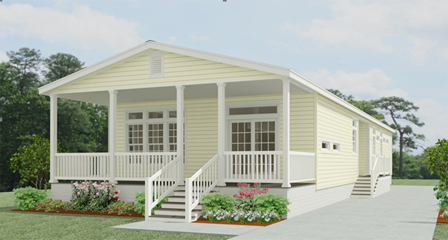Home Owner’s Manual
This Home Owner’s Manual will provide you with the guidance and information to properly maintain your valuable asset and to help you meet the responsibilities, which come with home ownership. The routine is fairly simple but it does require that you give it attention before problems arise.
The maintenance schedule will serve as a reference for various systems, which require regular routine maintenance or attention. These systems include:
- The structure of your manufactured home (walls, floors, roof, windows, doors, etc).
- The central utility systems (electrical, plumbing, gas, heating/cooling equipment, etc).
- Special problems in you manufactured home such as shrinkage, expansion, and moisture.
- Safety features in your manufactured home to assure your families continuous protection.
Routine maintenance can be performed by the manufactured home owner. It will require trained, qualified personnel to complete those repairs that you are not qualified to perform. Any changes in the structural, electrical, plumbing or gas systems must be completed by qualified personnel.
The Compliance Certificate (Data Plate) located adjacent to or on the inside cover of the electrical distribution panel board or on the inside of the cabinet under the kitchen sink, is your reference guide containing vital information concerning the performance of your manufactured home. This certificate provided geographical design specifications detailing the design criteria of your manufactured home as well as the following information.
- Manufacturer of your home (name and address)
- Date of manufacture.
- Manufacturer serial number and model designation.
- A statement of conformation to the Federal Manufactured Home Construction and Safety Standards.
- List of factory installed equipment with the manufacturer name and model numbers.
- Maps of geographical structure and climate zone for the United States of America, for which the manufactured home has been designed and constructed, the snow and/or wind live load requirements, and the furnace size recommended for the designed temperature zone.
- The maximum capacity of an air conditioning system based on the supply duct distribution system.

